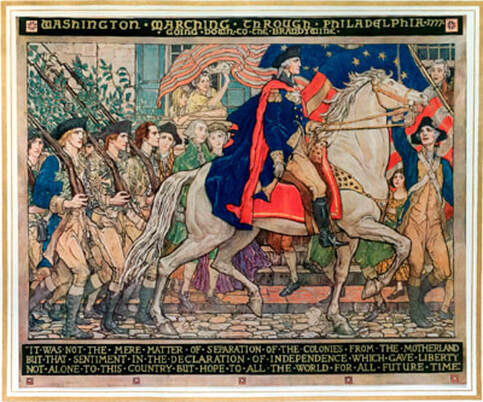 The Continental Army's August 24, 1777 parade through Philadelphia is memorialized in this painting by Violet Oakley in the Pennsylvania state capitol. (Commonwealth of Pennsylvania) The Continental Army's August 24, 1777 parade through Philadelphia is memorialized in this painting by Violet Oakley in the Pennsylvania state capitol. (Commonwealth of Pennsylvania) “The men are to be excused from carrying their Camp Kettles tomorrow,” announced General Washington in his general orders on August 23, 1777. The heavy cast-iron kettles were hated objects that often served only to mock hungry soldiers who had nothing to cook in them. They also did not add to the air of martial precision that Washington wanted his army to convey as it prepared to march through Philadelphia the next day. Congress would be watching, and Washington wanted his army to be impressive. A show of strength was also important for the city’s many loyalist, pacifist, and vacillating eyes. The men were ordered to go to bed early. No passes to leave camp were to be allowed except for urgent business. In the morning, “great attention” was to be paid by officers to ensure “that the men carry their arms well, and are made to appear as decent as circumstances will admit.” The army was ordered to be up and ready to march at four o’clock sharp. The commander in chief played choreographer, specifically arranging the units of his army. He wanted no “strollers,” but rather “strongly and earnestly enjoined” his officers to “make all their men who are able to bear arms…march in the ranks” in order to project the very best order and discipline. “There is to be no greater space between the divisions, brigades and regiments, than is taken up by the Artillery, and is sufficient to distinguish them.” The order of march was precisely arranged. Leading the parade was a subaltern officer with twelve light horsemen, followed two hundred yards behind by a complete troop of cavalry. After another hundred yards came a company of pioneers carrying their axes and shovels in proper order. Four divisions of infantry followed. Leading the way, from Green’s division, was one regiment from General Muhlenberg’s brigade. Then came the rest of Muhlenberg’s brigade followed by General Weedon’s. Adam Stephen’s division followed: Woodford’s brigade first and then Charles Scott’s. Each of these brigades was preceded by its field artillery. Col. Abraham Bowman’s 8th Virginia men, now in their second year of service, were in Scott's brigade. Behind Scott, in the center of the procession, came the artillery park and its artificers. Then Benjamin Lincoln’s division, now commanded by Anthony Wayne, and most of Lord Stirling’s division. These latter brigades were each followed by their field artillery. William Maxwell’s New Jersey brigade, from Stirling’s division, completed the procession of foot soldiers followed by the final two troops of cavalry. As they marched, drums and fifes were arranged in each brigade’s center. Washington ordered “a tune for the quick step played, but with such moderation, that the men may step to it with ease; and without dancing along, or totally disregarding the music, as too often has been the case.” The single-column parade entered the city from the north on Front Street, along the Delaware River, and then turned west on Chestnut Street where it passed the State House (Independence Hall) and the critical gaze of Congress. The soldiers continued on, exited the city, and crossed the Schuylkill River at Middle Ferry where they reunited with the baggage wagons and their cast iron camp kettles. John Adams, after watching the parade, wrote home to Abigail. “The Army, upon an accurate Inspection of it, I find to be extreamly well armed, pretty well cloathed, and tolerably disciplined. … Much remains yet to be done. Our soldiers have not yet, quite the Air of Soldiers. They don’t step exactly in Time. They don’t hold up their Heads, quite erect, nor turn out their Toes, so exactly as they ought. They don’t all of them cock their Hats -- and such as do, don’t all wear them the same Way.” Pondering what he saw, Adams observed, “Discipline in an Army is like the Laws in civil Society. There can be no Liberty, in a Commonwealth, where the Laws are not revered, and most sacredly observed, nor can there be Happiness or Safety in an Army, for a single Hour, where the Discipline is not observed. Obedience is the only Thing wanting now for our Salvation -- Obedience to the Laws, in the States, and Obedience to Officers, in the Army.” The 8th Virginia’s Captain Jonathan Clark made a much more concise record of the day’s activities: “Rain. Marched thro Philadelphia, cross’d Schuylkill and march’d to Derby & encamped.”
1 Comment
Mark Vasquez
8/23/2019 06:52:21 am
Nice read. It's amazing that a non military guy like John Adams would notice the slight infractions of a military group like the way they wear their hats! Quite astute indeed!
Reply
Leave a Reply. |
Gabriel Nevilleis researching the history of the Revolutionary War's 8th Virginia Regiment. Its ten companies formed near the frontier, from the Cumberland Gap to Pittsburgh. Categories
All
Archives
June 2024
© 2015-2022 Gabriel Neville
|
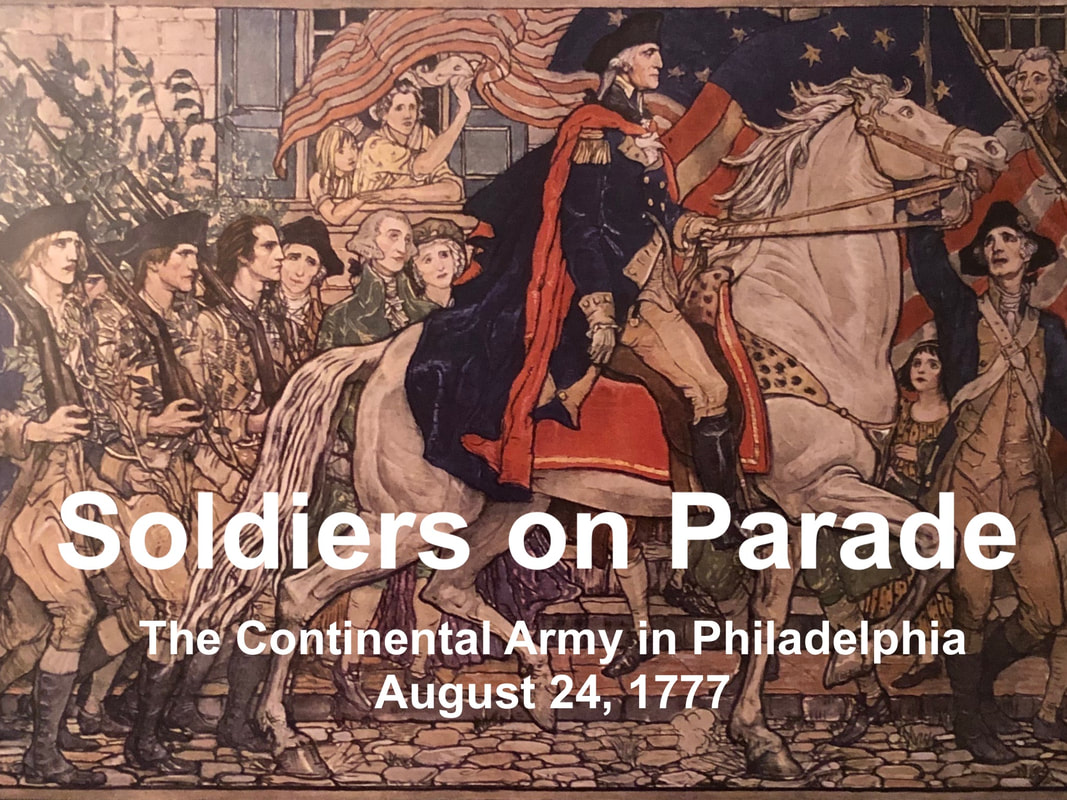
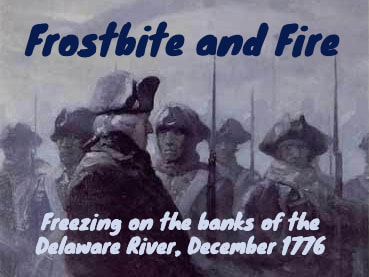
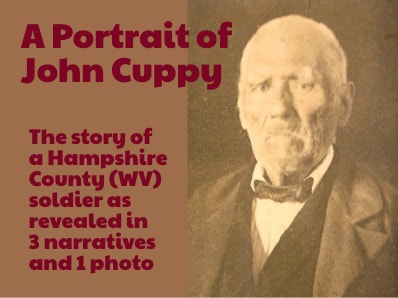
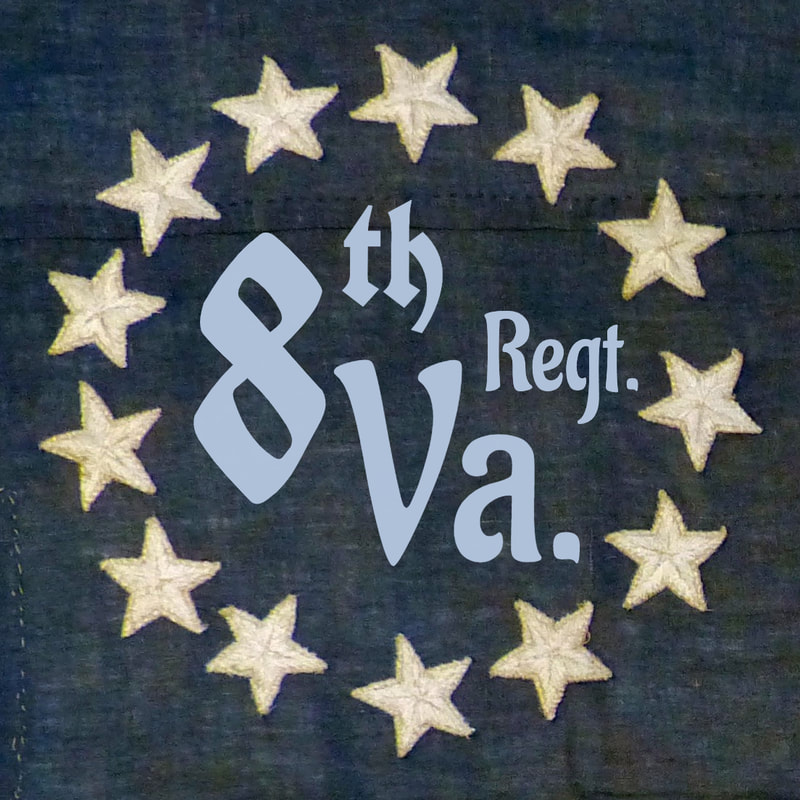
 RSS Feed
RSS Feed